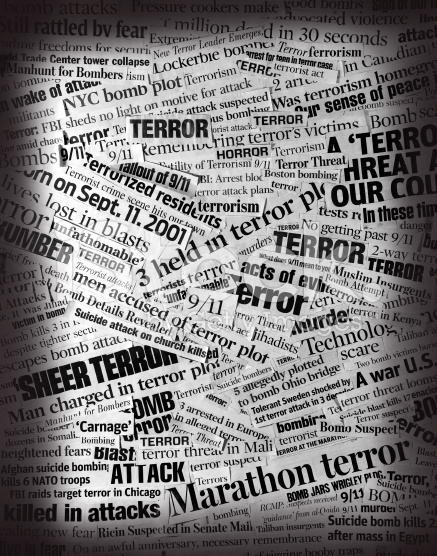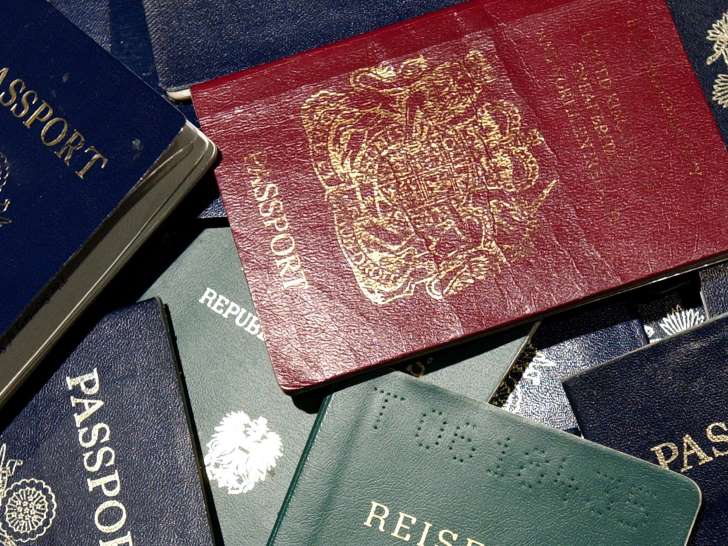
Media is full of news of brutalities being committed by soldiers of Islamic State(ISIL) in parts of Syria and Iraq under their occupation. They along other jihadists like Boko Haram or Al Qaida have also executed numerous men, kidnapped enslaved and raped women and school girls.,. Horrific images of journalists, missionaries and human right workers getting beheaded have been flashed online to deliver message of their strength and invincibility. Thousands of others have fled away leaving their homes and hearths behind to find life security elsewhere.
Another Perilous Place
Away from heat and dust of Middle East another place equally or even more hazardous to live, is located on foothills of the Himalayas in South Asia. It is Kashmir-a niche created by mother nature so superb that Shah Jahan, India’s great Mughal Emperor called it as paradise on earth.
Ironically speaking this heaven began to transform itself into a hell after British India was divided into India and Pakistan in 1947. Kashmir a Muslim dominated area, then ruled by a Hindu Maharaja, acceded to India after a Pakistani tribal army attacked it from North and occupied some territory on that side. An armed conflict between India and Pakistan ensued. Matter was taken to UN and a cease fire followed. As a result thereof, now about 43% of area consisting of Jammu region, the Kashmir valley, Ladakh, and the Siachen Glacier falls under India’s rule and nearly37% of it called Azad Kashmir and Gilgit-Baltistan went under Pak rule.
A decade and half later China took over Kashmir’s Aksai Chin slice and made the problem trickier than before. But Kashmir prima facie continues to be a bipartite dispute between India and Pakistan and may be, a diplomatically shrewd China, join the race later on.
Cease Fire in 1947 however brought no truce and feud over Kashmir gave rise to three full-fledged Wars between India and Pakistan. Indian side of Kashmir too became hotbed of youth’s political unrest. Some groups wanted merger of majority Muslim valley with Pakistan and flailed Pakistani flags in the streets. Others preferred Kashmir’s Independent identity.
Most of these groups resorted to violence and terrorism to achieve their goal and got support of Pakistan both over and covert.
The Present crises
Without going much into history of disturbances in Kashmir, it could be said that Kashmiri youth for the first time in 2010 came to the streets and raised slogan of Azadi (Freedom). Indian Army’s claim of killing three infiltrators was taken as a fake encounter by people at large and the troubles followed.
Radicalisation of the Kashmiri youth was amplified in late 2015 and early 2016. Experts hold absence of a political dialogue, the lack of economic opportunities, joblessness, excessive militarisation and repeated human rights violations as root cause of Kashmir problem.
Voices for freedom became louder and fiercer after Burhan Wani a popular young internet Savvy commander of Hizbul Mujahideen a separatist terrorist outfit was killed in military action in July 2016. That exacerbated people’s animosity towards Army and they were drawn into streets even by flouting curfew orders.
Number of lives have since been lost in firing. Many young people lost their vision partially or totally because pallet guns were fired at them by security forces. Restrictions and separatist-backed shutdown continued on 60th day and death toll as we write this, has climbed to 75. Educational institutions, and business establishments remained closed. Even after Curfew was lifted many shops and banks remained shut. People fear moving out even to purchase grocery. Children can’t go out for tuition. With mobile and internet services cut or curtailed, the paradise called Kashmir looks like a hell, closed from all the sides.
What caused the mess
Some point out that death of Burhan Wani at the hands of Indian forces has snowballed into a major crisis, but others opine that it was waiting to happen even otherwise. Provocations against Muslims in general had increased since RSS sponsored Modi government assumed power in Delhi. Muslims, their food habits; dresses and life style, their values or ethnicity in fact everything Muslim was targeted by the hoodlums of India’s federal ruling Party allegedly with implied consent of authorities.
The increasing radicalisation of Muslim youth in Kashmir, is the reply to rising middle class Hindu nationalism in India. Common Kashmiri Muslim find it hard to reconcile his regional and religious identity with present day India governed by advocates of Hindutva,
Here lies the risk.
As said, India and Pakistan, both nuclear powered states claim Kashmir and have failed to settle the dispute amicably. Internal unrest has added proverbial fat to the fire. Endless provocative statements after Wani’s killing are emanating from both sides of border on daily basis and scenario looked really frightening.
Under such circumstances, hostile neighbors with their fingers on nuclear button pose grave threat not only in South Asia but to the whole world. Pakistan already known to pamper anti-Indian forces in Kashmir, now finds a match in India’s new RSS backed federal Government that has started blaming Pakistan for human right violation in Baluchistan, perhaps to ease Pak pressure on Kashmir.
In the meantime, taking cognizance of troubles in Kashmir, Indian government has made some overtures to bring separatist militant leaders to negotiating table to resolve dispute peacefully. Rajnath Singh, federal Home minister has recently led an all party delegation to Kashmir to hold talks with Kashmiris including separatist leaders. As many of these leaders were in jails, they have rejected the offer for negotiation and have demanded first to create congenial atmosphere necessary for talks. The snub reaffirmed their remarks that the 30-member political team, led by Union home minister, from New Delhi was in the Valley for a photo-op, and not to solve the crisis.
In the end
Let us understand that there is no easy way to resolve this issue that is frozen by history and time. Mr. Amitabh Matoo a Kashmiri Hindu professor of Delhi University in this connection has rightly said, “We need a complete revisit of what our policies in Kashmir have been…. It is not about fair elections or providing monetary assistance to the state. It is about reaching out to a generation of Kashmiris who think India is a huge monster represented by bunkers and security forces.”
We feel that instead of choosing between pallet Guns or chilli grenades to control the annoyed masses, federal government should try to apply balm on their wounds. Modi should also admonish brigade of his saffron MPs and ministers not to spew venom against minorities, Muslims in particular. RSS diktats to abrogate art 370 of constitution (that gave autonomous status to Jammu & Kashmir) should be put to rest under present circumstances.
Instead of threatening separatist leaders who have refused to talk to team of Indian MPs more because of indignation than arrogance, let government find ways and means to win confidence of all Kashmiri.
It is not enough that rulers are honest to find a solution of problem but should appear to be so!


 South Asian News E-Paper
South Asian News E-Paper Punjabi News E-Paper
Punjabi News E-Paper

















